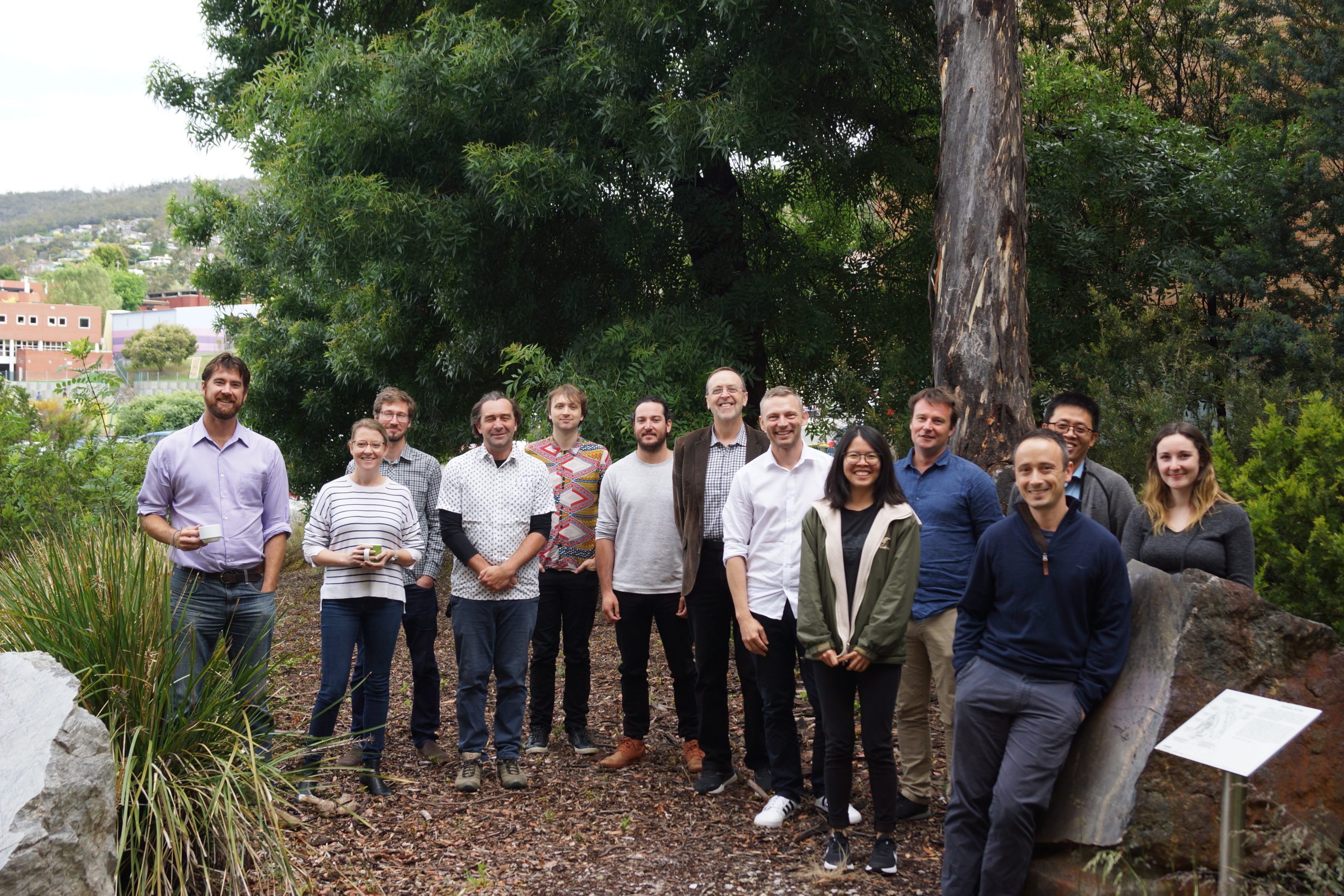A five-year project to explore, characterize and optimize complex orebodies to add value to the mining chain has begun, with the startup meeting to be held in Hobart next week.
P1249 officially launched on 1 February 2022; its aim to develop and enhance geochemical and geological tools to help explorers and miners discover new ore bodies in near-mine to distal settings.
It will also assist sponsors in developing detailed 3D mineralogical and geochemical models of complex orebodies and their fringes (‘transition zones’) to aid with mine planning, mineral processing and waste characterization.
Professor David Cooke from the Centre for Ore Deposit and Earth Sciences (CODES) in Tasmania, Australia, is excited to be leading the project.
“This research project series has been running since 2004 and has been evolving and adapting over time,” Prof Cooke said.
“While our primary focus is porphyry copper, gold and molybdenum, we will also be investigating high and low sulfidation epithermal gold, sediment hosted copper, magmatic nickel sulphide, and IOCG in P1249.”
Prof Cooke said that explorers need new tools that help them to recognize proximity to, and fertility of, large, high-grade orebodies during exploration of transition zones.
The research will integrate and upscale micro-to-mine scale datasets to give miners and explorers a detailed understanding of the processes that create the orebodies, their mineralogical components, exploration footprints and alteration halos.
“The fact that we are using machine learning and data analytics approaches to integrate and upscale geochemical, geological and geophysical datasets to improve orebody knowledge is novel,” he said.
Prof Cooke said transformations in the mining value chain would come from the integration of datasets that can be generated from drillcore information that have implications for exploration and orebody knowledge.
“We are trying to use that early characterization to capture each mineral’s potential exploration significance and its implications for mining, processing and waste management,” he said.
“At the completion of the project mining and exploration companies will have robust workflows and methods for fully quantifying the mineralogy and textures of their ores and understanding their significance.
“Translating these data into quantitative mineralogy will be transformative for the minerals industry.”
The project will involve the practical translation of research into industry through workshops, training programs, rollouts of data sets, workflows, and computer software.
Fourteen Amira Global Members are already set to benefit as sponsors of the project. However, Prof Cooke said there was still room for more in shaping the project to ensure it delivers against industry challenges.
Current sponsors include: Anglo American Exploration (Australia) Pty Ltd; BHP; Boliden Mineral AB; CMOC Mining Services Ltd; Codelco; Evolution Mining; First Quantum Minerals; Fortescue Metals Group; Mount Isa Mines; Newcrest Mining Limited; Newmont Goldcorp; Rio Tinto Exploration Pty Ltd; Sandfire Resources NL; and South 32.
The program is a partnership between CODES at the University of Tasmania, the Mineral Deposit Research Unit (MDRU) at the University of British Columbia, and researchers at Lakehead University, Universidad de Austral, Monash University and Mineral Mapping.
The project team includes:
CODES, University of Tasmania: Dr. Michael Baker, Dr. Ivan Belousov, Mr Takeshy Coaquira, Prof David Cooke, Mr Stephen Cooke, Dr. Matt Cracknell, Prof. Leonid Danyushevsky, Dr Angela Escolme, Dr Julie Hunt, Ms Rhiannon Jones, Mr Javier Merrill, Dr. Clare Miller, Mr Jaime Osorio, Dr Thomas Rodemann, Ms Xin Ni Seow, Ms Emily Smyk, Mr Markus Staubmann, Mr Yi Sun, Prof. Noel White, Dr Lejun Zhang.
MDRU: Dr Shaun Barker, postdoctoral research fellow
Lakehead University: Dr Pete Hollings, Mr Mitch Marcelissen
Universidad de Austral: Dr Jose Piquer, Mr Reinaldo Gonzalez, Mr Francisco Torres
Monash University: Dr Laurent Ailleres, Ms Angela Afonso Rodrigues
Mineral Mapping: Dr Scott Halley.
For further information, or to participate in the project please contact Olga Verezub at olga.verezub@amira.global.

